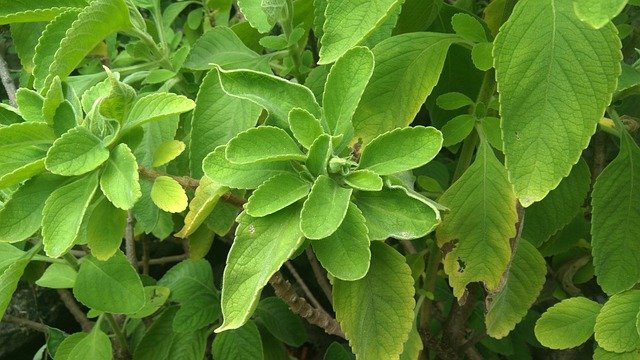
Boldo (Peumus boldus) is a perennial plant of the Monimiaceae family, used for difficult digestion, constipation and liver failure thanks to its detoxifying, digestive and cholagogue properties. Let’s find out better.
Properties of boldo
Boldo leaves contain essential oils (cineol and ascaridol); flavonoids and alkaloids (boldin) which give the plant a general detoxifying and cholagogue action, that is, it thins the bile, which increases its secretion and decreases its viscosity.
For this reason, the plant is used in seasonal purifying treatments, as a hepatic protector, useful for preventing liver damage, and in mild hepatic and biliary insufficiency.
The digestive properties make it useful for counteracting dyspepsia (slow digestion), as it promotes gastric secretion and improves the digestion of fats.
Its mildly laxative action makes boldo particularly suitable in case of constipation since the increase in bile salts in the intestine favors the enteric function, thanks also to the anti-inflammatory and relaxing effect on smooth muscles.
How to use
INTERNAL USE
DECOCT: 1 level tablespoon of boldo leaves, 1 cup of water
Pour the leaves into cold water, turn on the heat and bring to a boil. Boil for a few minutes and turn off the heat. Cover and leave to infuse for 10 min. Filter the infusion and drink it between meals to take advantage of the detoxifying action.
– Boldo mother tincture: 40 drops in a little water 2 times a day between meals. The maximum recommended daily dosage is 120 drops.
Contraindications of boldo
The intake of boldo is contraindicated in pregnancy and lactation, while it must be carried out under strict medical supervision, in case of biliary tract occlusion and gallstones.
In the Boldo herbal tea the quantity of essential oil (Ascaridol) is so tiny that it does not represent any health risk. However, purely as a precaution, it is better not to take Boldo infusions for too long periods or in doses higher than those recommended.
Description of the plant
Evergreen dioecious tree, which does not exceed 5 m in height. It has opposite, leathery and oval leaves of dull green color, which have a very short petiole. The male and female flowers are usually white, gathered in terminal inflorescences. It produces fruits in the period between December and February characterized by a high sugar content and therefore a very sweet taste.
The habitat of the boldo
Originally from South America, and more precisely from central Chile and Peru, it has now spread to many other areas of the continent and has also been introduced in Europe and North Africa.
Background

In the popular Andean tradition, boldo has been used for centuries for its properties that stimulate hepato-biliary and gastro-intestinal functions. The essential oil contained in the leaves gives the plant a penetrating, pungent and woody aromatic smell, so much so that in South America, they use it to prepare infusions, especially in Chile, Argentina and Uruguay, where it is used with yerba mate, to mitigate the strong flavor.
Also in Chile, many years ago, scholars noticed that the goats that ate its leaves did not have liver problems; studies to justify its use in diseases affecting the liver were inspired by these observations.






